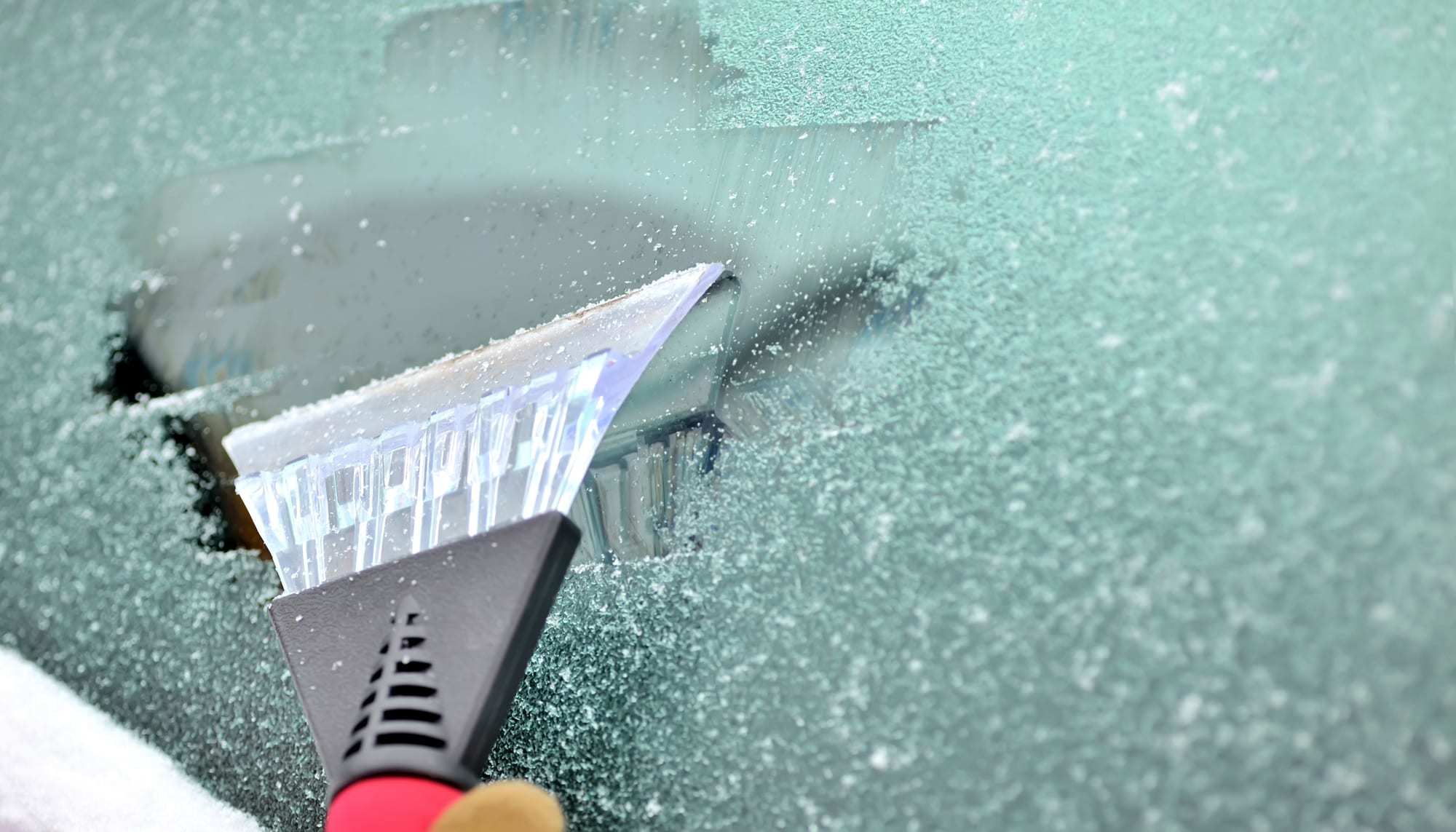When the weather outside is frightful, it’s best to stay home if you can. But for many of us, that’s impossible. You may need to drive home from work, pick up your kids at school, or go grocery shopping. Here in Springfield, we face a variety of weather each winter – snow, sleet, freezing rain, ice – so it’s important that you understand the basics of driving on ice, as well as what to do if you’re involved in a collision due to an icy roadway.
Driving on Ice
Tips for Driving on Icy Roadways
- Slow Down: You’ll have less traction if the roads are snowy or icy, so adjust your speed accordingly and never change your car’s direction in a hurry. Give yourself plenty of leeway if you’re trying to make it somewhere by a certain time.
- Accelerate and Decelerate Slowly: When you begin to accelerate, apply the gas slowly so that you safely regain traction and avoid skidding. When you see a stop sign or a stoplight, begin slowing down far before you typically would. It takes much longer to slow down on icy roads, and you may slide forward a bit if you aren’t careful. In addition, avoid accelerating and decelerating while turning.
- Increase Your Following Distance: Leave plenty of space between your vehicle and the vehicle ahead of you. The increased margin of safety will come in handy every time you need to stop your vehicle, and it will also increase the comfort of the other drivers on the road. This is especially important if you’re driving around semi-trucks, which need an incredibly long distance to safely stop in winter weather.
- Avoid Unnecessary Stopping and Lane Changes: Stopping and reaccelerating is difficult in icy weather due to the lack of traction, so avoid it when possible. For example, it’s better to decelerate enough that you can slowly continue rolling until the traffic light changes than to fully stop when the light is red.
- Don’t Power Up Hills: Applying extra gas when the roads are slippery will make your wheels spin. Instead of powering up hills, try to get some inertia going before you reach a hill and let that carry you to the peak. Avoid stopping on your way up, as it’s very difficult to get moving on an icy hill. Then, reduce your speed and slowly proceed down the hill.
- Stay Alert: Avoid all distractions when you’re driving in treacherous winter weather, and stay alert for anything that might affect your driving: stoplights, road signs, slippery patches on the road, black ice, pedestrians, bridges, overpasses, reckless driving by other drivers, etc.
Remember that all drivers have a duty to drive safely and appropriately, no matter what the weather. You cannot blame a collision on icy, snowy weather.
What to Do If You’re Involved in a Collision
Have you or a loved one been involved in a collision due to icy weather? Was another driver tailgating you or driving too fast for the weather conditions? In the immediate aftermath, follow these steps:
- Call 911.
- Provide help to injured people.
- Remain at the scene of the crash.
- Wait for the police in a safe place. (This is especially important in icy weather.)
- Take pictures and videos of the scene.
- Exchange contact information with the other driver.
- Avoid assigning blame for the collision. Simply tell the police what happened.
- Seek medical attention.
- Consult an experienced attorney.
If you or someone you love was the victim of a car collision, you don’t have to face the fight for fair compensation alone. Contact the Law Offices of Bryan Musgrave, and schedule a free initial consultation to explore your options. We can help you determine the best course of action and pursue the best outcome for your claim.

